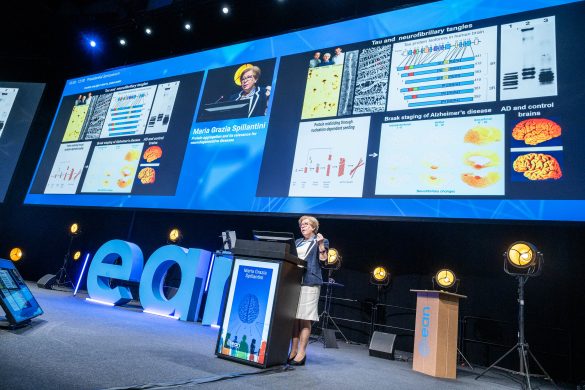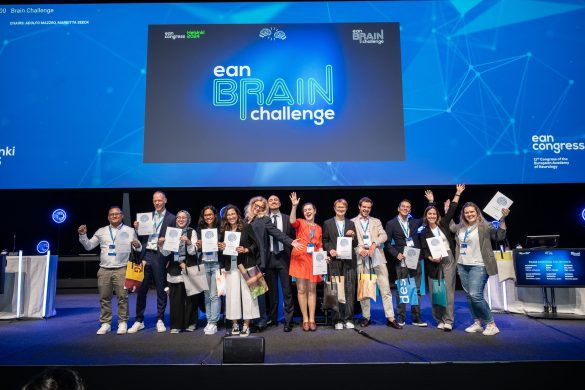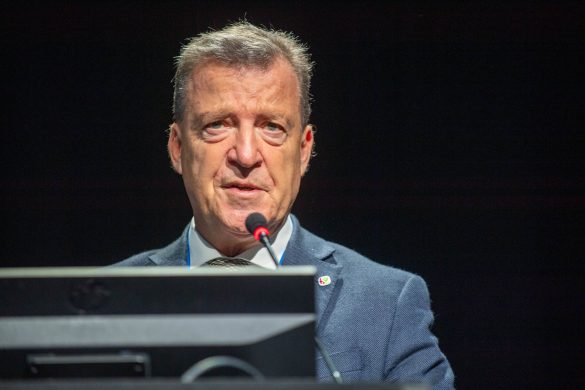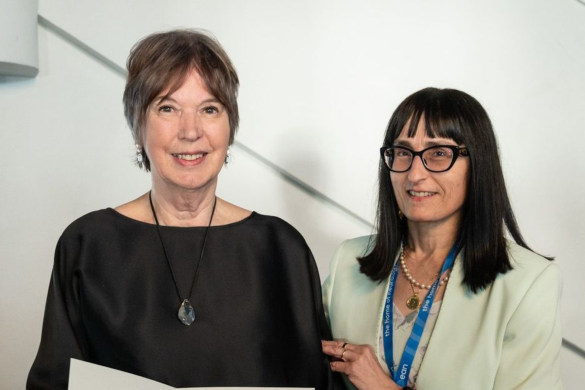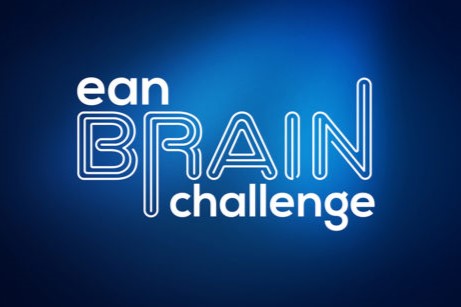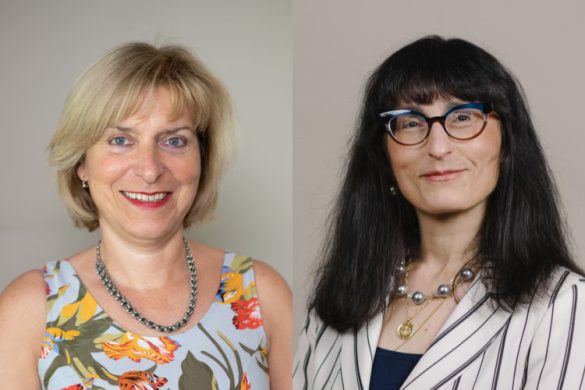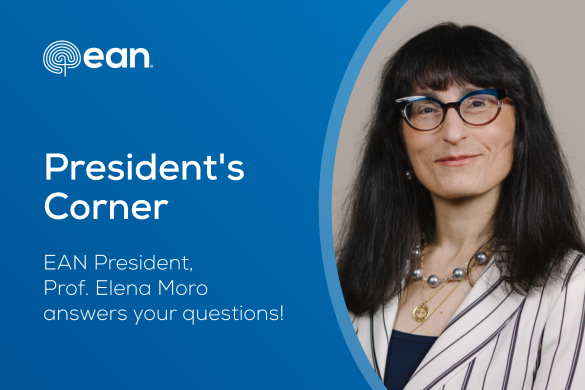Estonia is a small country in Northeastern Europe, the northernmost of the three Baltic states. It is a Baltic-Nordic country with a territory of over 45,000 km2 of land and has a population of about 1.3 million. Estonia has a long, shallow coastline along the Baltic Sea, with over 2,000 islands dotting the shore. 52% of the country is forest, making it one of Europe’s greenest countries. Estonia is one of Europe’s least crowded countries, with a population density of 28.4 people per square kilometre. Besides ethnic Estonians, Estonia has about one-third foreign-born residents (mainly Russians, Ukrainians, Belarusians, and Finns).
Estonia has been dominated by foreign powers (Danish, German, Swedish, Russian) through much of its history, but on February 24, 1918, Estonia was declared independent. The country was briefly occupied by German forces in 1918 and thereafter attacked by Soviet Russia, but as a result of the Estonian War of Independence, Russia was forced to recognise the independent Estonia on February 2, 1920. Since then, Estonia has been a democratic parliamentary republic, even though both the Soviets and the Nazis occupied it at different periods from the 1940s to 1991. The events that led to the restoration of Estonian independence from the Soviet Union in 1991 are commonly referred to as the Singing Revolution. The term was coined following a series of mass demonstrations during which Estonians sang national songs and patriotic hymns that were strictly forbidden.
Estonia’s capital, Tallinn, is the oldest capital city in Northern Europe, first appearing on a map in 1154. Today, the city and adjacent area called Toompea, or Cathedral Hill, is a UNESCO World Heritage site. Toompea Castle is the centre of government and the Riigikogu (parliament). Tallinn is sometimes dubbed the Silicon Valley of Europe and has the continent’s highest number of start-ups per head of population. Estonia has another World Heritage site, too, the Struve Geodetic Arc, a chain of survey triangulations stretching from Hammerfest in Norway to the Black Sea, which yielded the first accurate measurement of a meridian.
Tartu, the second largest city of Estonia, is often considered the intellectual centre of the country, especially since it is home to the nation’s oldest university, the University of Tartu which was founded in 1632. It is the only university providing higher medical education in the country. The University of Tartu has a reputation for high quality research and studies and is in the top 1.2% of world’s best universities, according to the QS World University Rankings 2020. It is the highest ranked university in the Baltics. Today, Estonia has a distinctive and strong Nordic style. It is a modern, thriving, developed country where internet access is considered a constitutional right. It was the first country in the world to adopt online voting (first as a pilot project in 2005, and then used for general elections since 2007). Being part of the European Union, Estonia boasts a strong Euro-based economy and high employment. It is a country of unsurpassed natural beauty and rich cultural heritage.

The health system and medical/neurological educational training in Estonia, the history, structure and names of the active members in international level of Estonian Society of Neurologists and Neurosurgeons were described in EAN Pages Country of the month in June 6, 2016 (https://www.eanpages.org/2016/06/06/country-of-the-month-estonia/). Since then, in April 2018, Professor of Neurosurgery Toomas Asser, who since 1996 had been the Head of the Department of Neurology and Neurosurgery of the Institute of Clinical Medicine, was elected as the University’s Rector.
As this autumn Estonian neurology celebrates its centennial anniversary, we would like to draw special attention to its history and current situation. The beginning of the development of Estonian neurology and neurosurgery including the Estonian Ludvig Puusepp Society of Neurologists and Neurosurgeons (ENNS), founded on November 26, 1922, goes back to the first independence period. The history starts with founding of the Hospital of Nervous Diseases of the University of Tartu in 1920, by Professor Ludvig Puusepp. After his Professorship at the St Petersburg Psycho-Neurological Institute (now V.M. Bekhterev Research Psychoneurological Institute), where he laid the cornerstones for Russian neurosurgery, and established himself as a remarkable pioneer in this new surgical subspeciality, Ludvig Puusepp came to Estonia and founded a department where both neurological and neurosurgical patients were treated, a model that still functions in the modern era in Estonia.
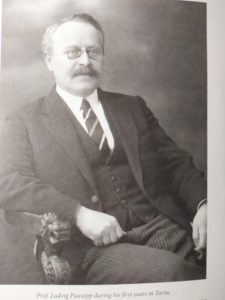
Nowadays, there are six main regional neurological centers in Estonia: Tartu University Hospital, North Estonia Medical Centre, East Tallinn Central Hospital, West Tallinn Central Hospital, East-Viru Central Hospital and Pärnu Hospital which together cover the needs of neurological patients in Estonia. The regional hospitals of Estonia consult and provide neurological advice around the clock to clinics and smaller general hospitals which provide health services in that region. Patients needing emergency treatment or specialised care are admitted directly to regional hospitals. A nationwide digital electronic health record database enables quick access to patient’s medical records and prescriptions by doctors, as well as to the patient, who can log into the Patient Portal with an electronic ID Card. A nationwide radiological database is a useful resource for doctors.

Tartu University Hospital is called the flagship of Estonian medicine. It is the largest provider of medical care in Estonia, covering all the specialties available in the country (including high-tech procedures). It is the only university teaching hospital in Estonia, and thus a national reference centre for health and biomedical sciences.
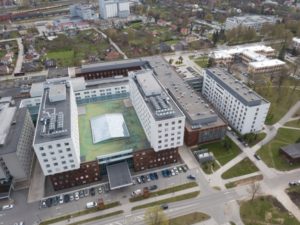
The Department of Neurology and Neurosurgery of Tartu University Hospital includes the departments of neurology and neurosurgery. Its work is tightly connected with the work of the Faculty of Medicine, as neurologists working in the department are also faculty members. Over half hold a PhD in the medical sciences, they are involved in teaching students and residents, conducting continuing education courses in neurology and participating in various research projects. The Stroke Centre participates in several local and multicentre academic research projects. The department was chosen as one of the top centres in SITS (Safe Implementation of Treatments in Stroke) in 2018 and 2019 and has achieved the level of ESO Angels Awards Platinum Status. Electroencephalography (EEG), sleep-EEG and video-EEG monitoring, as well as electroneuromyography (ENMG), and muscle biopsies are performed by neurophysiologists. Treatment options in advanced Parkinson’s disease include subcutaneous apomorphine, intestinal levodopa gel infusions and deep brain stimulation. Close multidisciplinary teamwork is carried out together with geneticists and paediatric neurologists, and also with physiotherapists, speech therapists, clinical psychologists and social workers in the course of patient’s care plan. There are specialised outpatient clinics for headache, epilepsy, multiple sclerosis, movement disorders, Parkinson’s disease, and memory disorders, and in addition, separate outpatient nurses for headache, stroke, Parkinson’s disease, multiple sclerosis, and bladder disorders.
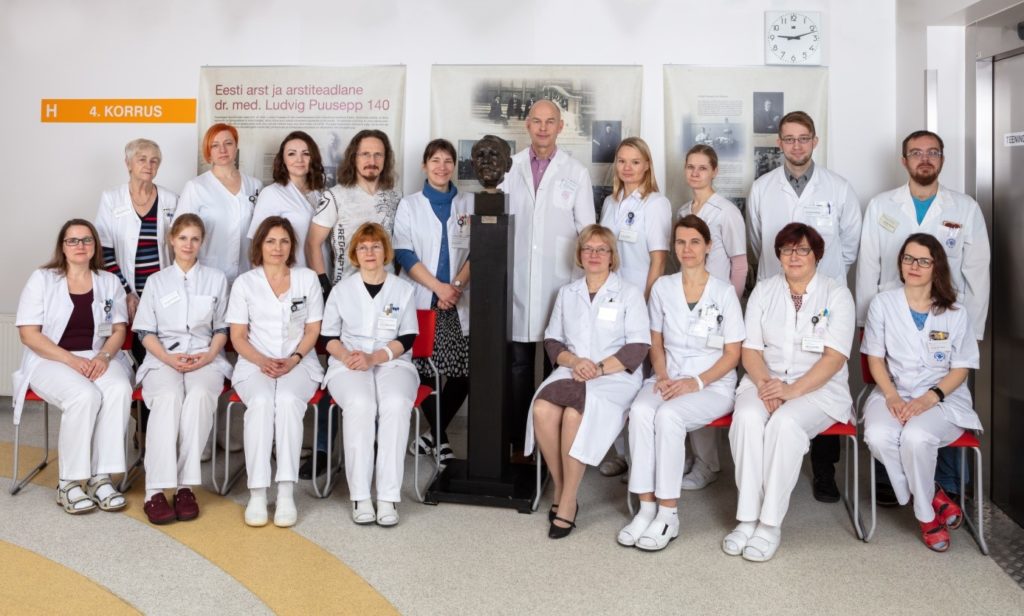
The Neurology Centre of the North Estonia Medical Centre is the biggest regional hospital in North Estonia. It is also one of the top health care providers in the country. Stroke patients constitute the largest group of patients treated. Reperfusion therapies (both intravenous thrombolysis and mechanical thrombectomy) are performed. The Neurology Centre is also a part of the world-leading stroke Network, SITS, and also achieved the level of ESO Angels Awards Platinum Status in 2017 and 2018. In the Department of Neurophysiology, EEG monitorings and ENMG are performed. As the centre has lõng experience as a referral centre, doctors are often asked to consult patients for a second opinion.
The East Tallinn Central Hospital’s Department of Neurology is the youngest in Estonia in terms of the average age of neurologists and their enthusiastic way of thinking. They also carry out a large number of scientific projects. The department provides excellent diagnostics and treatment options for a diverse range of neurological disorders. Multidisciplinary management of acute stroke is provided, as well as treatment of autoimmune disorders, epilepsy, neurodegenerative diseases, neuroinfections and neuromuscular disorders.
The hospital has achieved the level of ESO Angels Awards Diamond status in 2019. One of the main activities of the department is the management of Parkinson’s disease and other movement disorders, with cutting edge competencies in transcranial ultrasound to assess substantia nigra hyperechogenicity and nuclear medicine neuroimaging for diagnostic workup, and delivery of non-oral therapies of levodopa/carbidopa intestinal gel and apomorphine infusion for treatment of Parkinson’s disease. The largest team of clinical neurophysiologists works in the East Tallinn Central Hospital. Also, the hospital provides intraoperative neurophysiological monitoring for spinal surgery. The hospital is also one of the main multiple sclerosis competence centers in Estonia. Neurologists keep their fingers on the pulse with weekly discussions of cases and a monthly journal club.
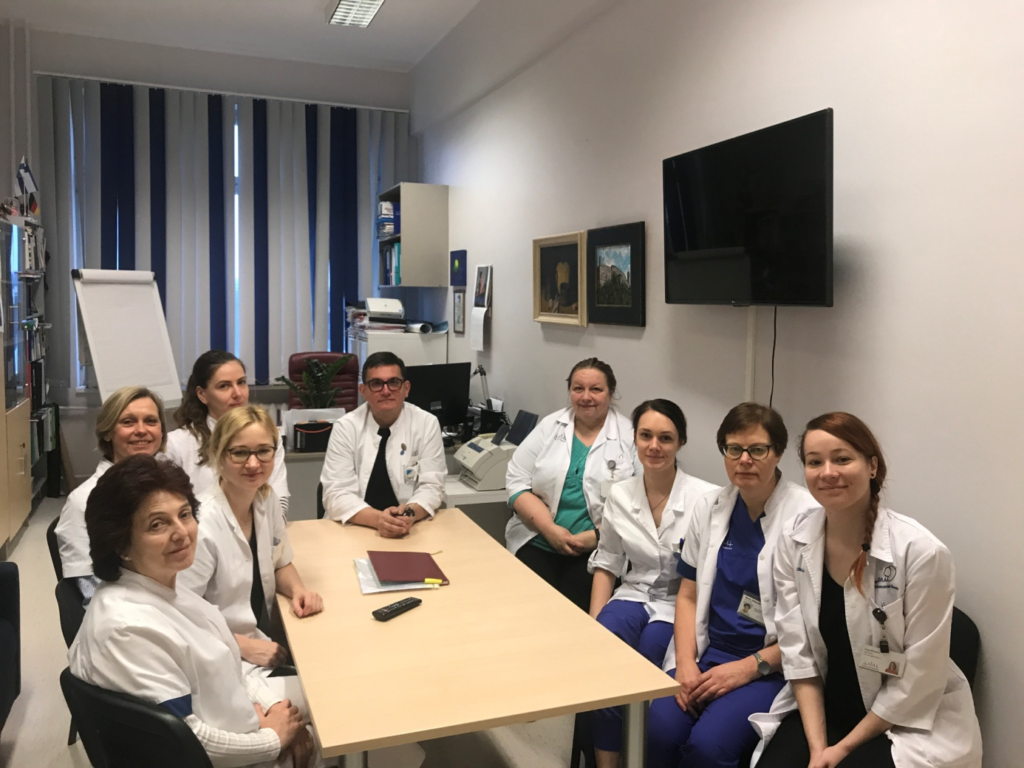
The Neurology Clinic of the West Tallinn Central Hospital comprises inpatient departments: the multiple sclerosis centre and stroke centre but all kinds of other neurological diseases, including rare and autoimmune diseases, are also diagnosed and treated. The Multiple Sclerosis Centre has the highest competence in demyelinating disorders in Estonia with the purpose to better the lives of neurology patients from the first suspicion of disease to diagnosis and follow up rehabilitation using modern diagnostics and active treatment. The stroke centre treats emergency patients with neurological diseases using modern intensive care principles. In addition to doctors, the stroke centre team includes physiotherapists, speech therapists, psychologists, social workers and nurses.
The Neurology department of the East-Viru Central Hospital is a part of the Internal Medicine Clinic. It uses the intensive care unit as a stroke unit. Thrombolysis and thrombectomy are readily available (the latter is performed in Tartu University Hospital). The hospital is equipped with all investigation modalities that a modern neurological department needs. There is currently a regional stroke project in progress and stroke nurses in training. There is a long-standing tradition of academic cooperation between the East-Viru Central Hospital and the Tartu University Clinic, including activities such as video lectures and visits of consultant specialists. Also, the East-Viru Central Hospital is a teaching hospital for neurologists in training starting from 2020.
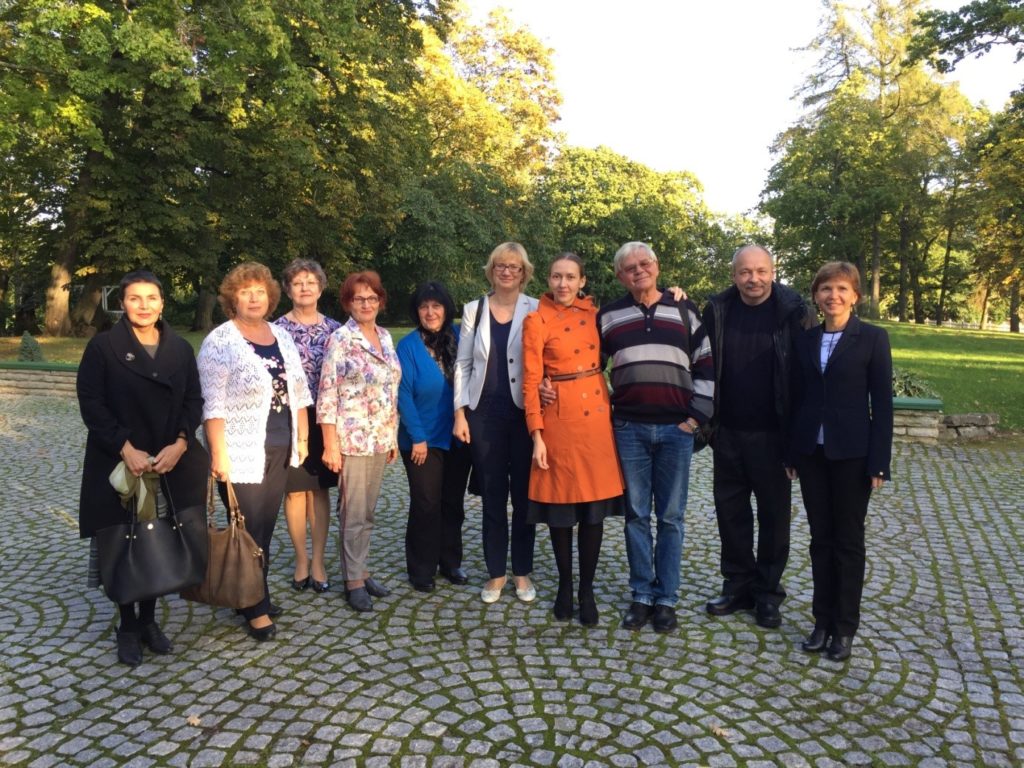
The Neurology unit of the Pärnu Hospital has its service area in the Western Estonia. The Neurology unit is located in the Internal Disease Department and also has intensive care beds. There is also an out-patient clinic and 24 hour on-call neurologists. The Hospital has access to EEG and ENMG for neurological evaluation of patients and performs CT and MRI scans. Patients who need neurosurgical treatment are appointed directly to the North Estonia Medical Centre, whilst preoperative preparation and postoperative care is provided in Pärnu. Also, team rehabiliation services are provided.

ENNS is a covering institution providing contact with legal authorities and co-ordinating work between different neurological sub-societies (the Estonian Stroke Inititiative, the Estonian Movement Disorders Society, the Estonian League Against Epilepsy, The Autoimmune Diseases Group, the Estonian Headache Society, the Estonian Society of Clinical Neurophysiology). It also organises regular national congresses and conferences of Estonian neurologists to apply new neurological guidelines and treatment methods, and present different neurological cases. Collective participation at conferences (and other scientific events) is organised in other Baltic countries and allowing applications for reimbursement.
Today, neurologists working in Estonia are highly qualified. In everyday practice, they are directed by contemporary European and Estonian guidelines, regularly attend international conferences and have articles published in key peer-reviewed scientific journals. We are proud of the 102 year history of our Republic of Estonia as well as our 100 year history of neurology in Estonia, as we continue to contribute to clinical practice and neuroscience.




